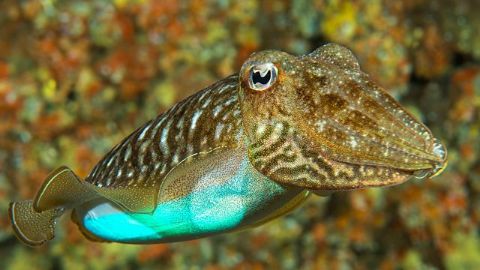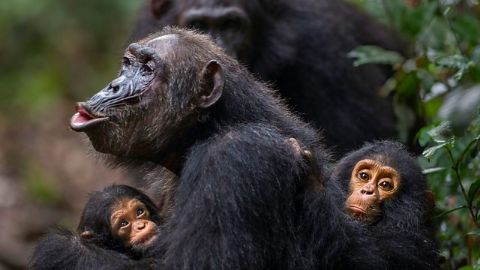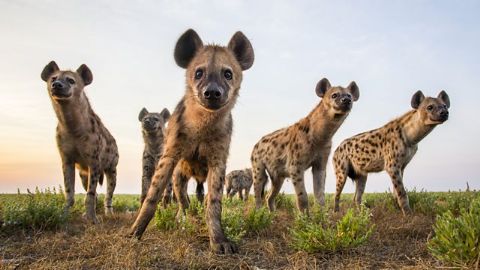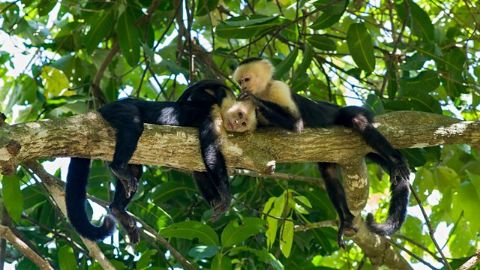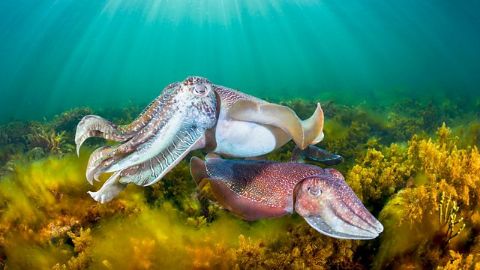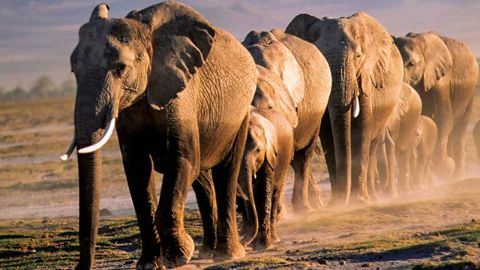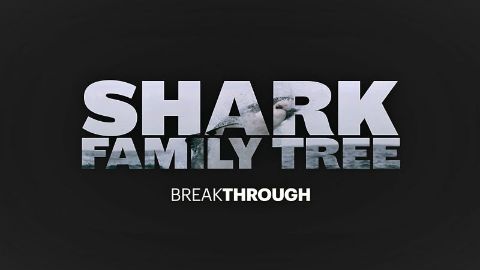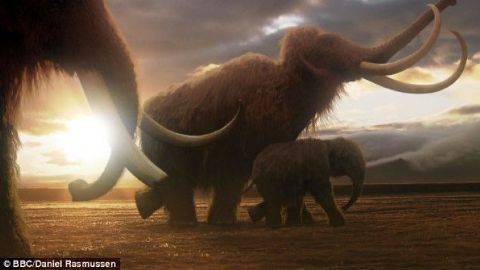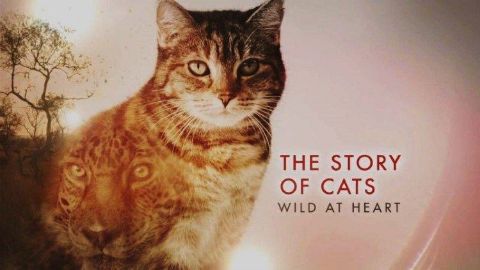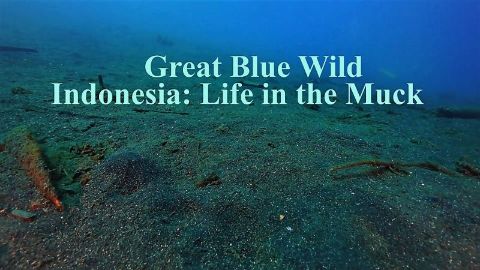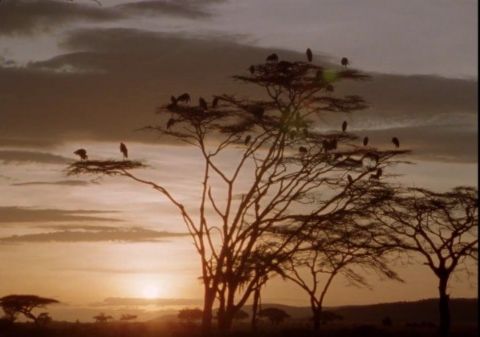Builders • 2021 • episode "S1E3" • Chris Packham's Animal Einsteins
Finding somewhere to keep safe is one of the biggest challenges an animal faces. But some animals don't have to find a safe place - they build one. Chris reveals some of the best building animals in the world - a group that is incredibly varied. Accomplished animal architects include everything from beavers to bees and prairie dogs to bowerbirds. They don't only build homes, however - they also make structures to raise their young, store food, catch prey and impress mates. But what can be learnt from their building brilliance?
Make a donation
Buy a brother a hot coffee? Or a cold beer?
Hope you're finding these documentaries fascinating and eye-opening. It's just me, working hard behind the scenes to bring you this enriching content.
Running and maintaining a website like this takes time and resources. That's why I'm reaching out to you. If you appreciate what I do and would like to support my efforts, would you consider "buying me a coffee"?
Donation addresses
BTC: bc1q8ldskxh4x9qnddhcrgcun8rtvddeldm2a07r2v
ETH: 0x5CCAAA1afc5c5D814129d99277dDb5A979672116
With your donation through , you can show your appreciation and help me keep this project going. Every contribution, no matter how small, makes a significant impact. It goes directly towards covering server costs.
